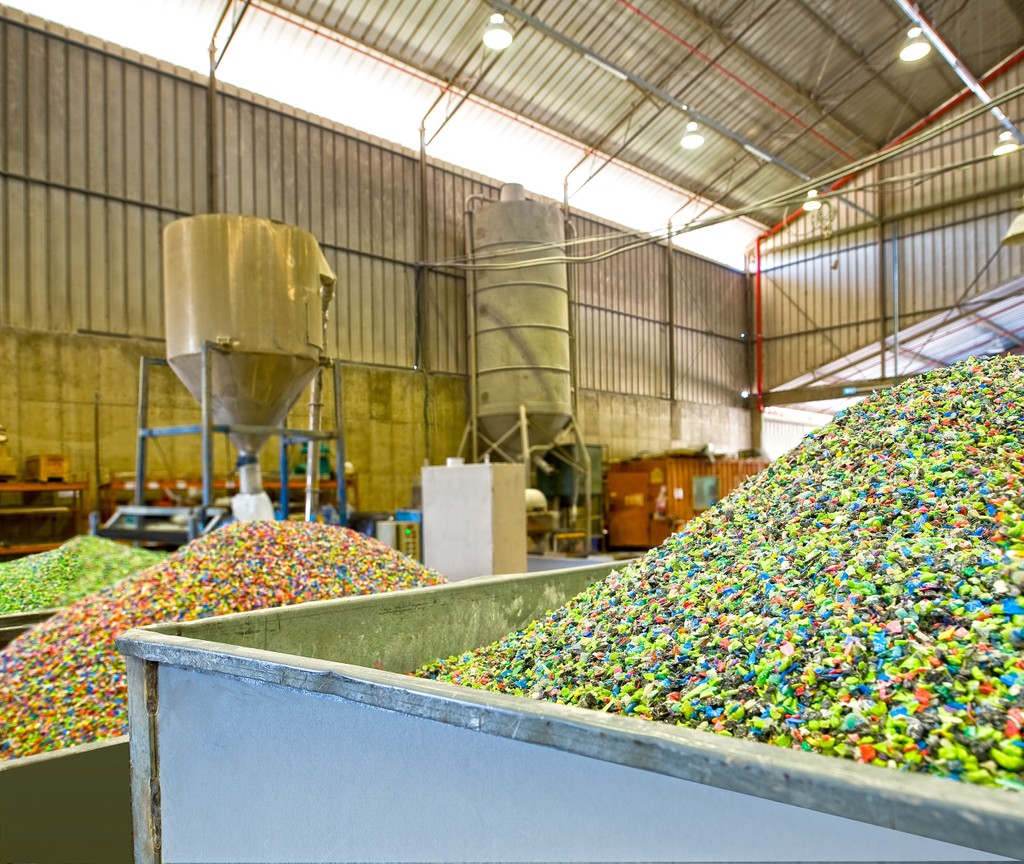ARTICLE
Startup Innovations for Scaling Carbon Removal: BNEF Climate-Technology White Papers
There is an urgent need to scale new climate technology innovations that can deliver equitable, economic and timely decarbonization. This week, BloombergNEF released three white papers that analyze technology innovations and the early-stage companies developing them.
- Providing round-the-clock zero-emissions power
- Scaling long-term carbon removal technologies
- Decarbonizing aviation
The first paper, profiled in this article, focuses on technology innovations that have potential in helping to scale carbon removal.
Scaling carbon removal
Meeting net-zero targets will first and foremost require rapid, deep emissions reductions. But it is also becoming clear that carbon dioxide removal from the atmosphere will be needed as well, to avoid warming above 1.5°C. While it is clear carbon removal is necessary, there are many technologies that could potentially serve this demand, all with various advantages and disadvantages.

-
Synthetic carbon removal:
Synthetic carbon removal strategies are those where the carbon removal process does not involve the disruption of some natural carbon flow into or out of the soils, vegetation or oceans (i.e. a disruption to the fast carbon cycle). Synthetic carbon removal technologies include direct air capture, carbon utilization and storage, as well as the very early-stage methane oxidation (which is about converting methane to CO2, a gas with lower warming impact).
-
Land-based carbon removal:
Land-based carbon removal strategies reduce the level of atmospheric carbon either by strengthening the flows of carbon into vegetation and soils, or weakening flows of carbon out of vegetation and soils. These strategies include afforestation, reforestation, soil carbon sequestration and biocarbon sequestration.
-
Ocean-based carbon removal:
Ocean-based carbon removal strategies are those where atmospheric carbon is drawn from the atmosphere and into the ocean. The ocean stores 45 times more carbon than the atmosphere and 12 times more carbon than the land, making it scalable as a source of carbon removal. These strategies include ocean fertilization, ocean alkalinity enhancement and electrochemical approaches to removing atmospheric carbon via the ocean.
BNEF Pioneers
This series of white papers are part of BNEF’s climate-tech and innovation coverage, tied to our annual Pioneers competition. The competition identifies a group of game-changing technologies or innovations with the potential to accelerate global decarbonization and address climate change (see this year’s winners profile here).






